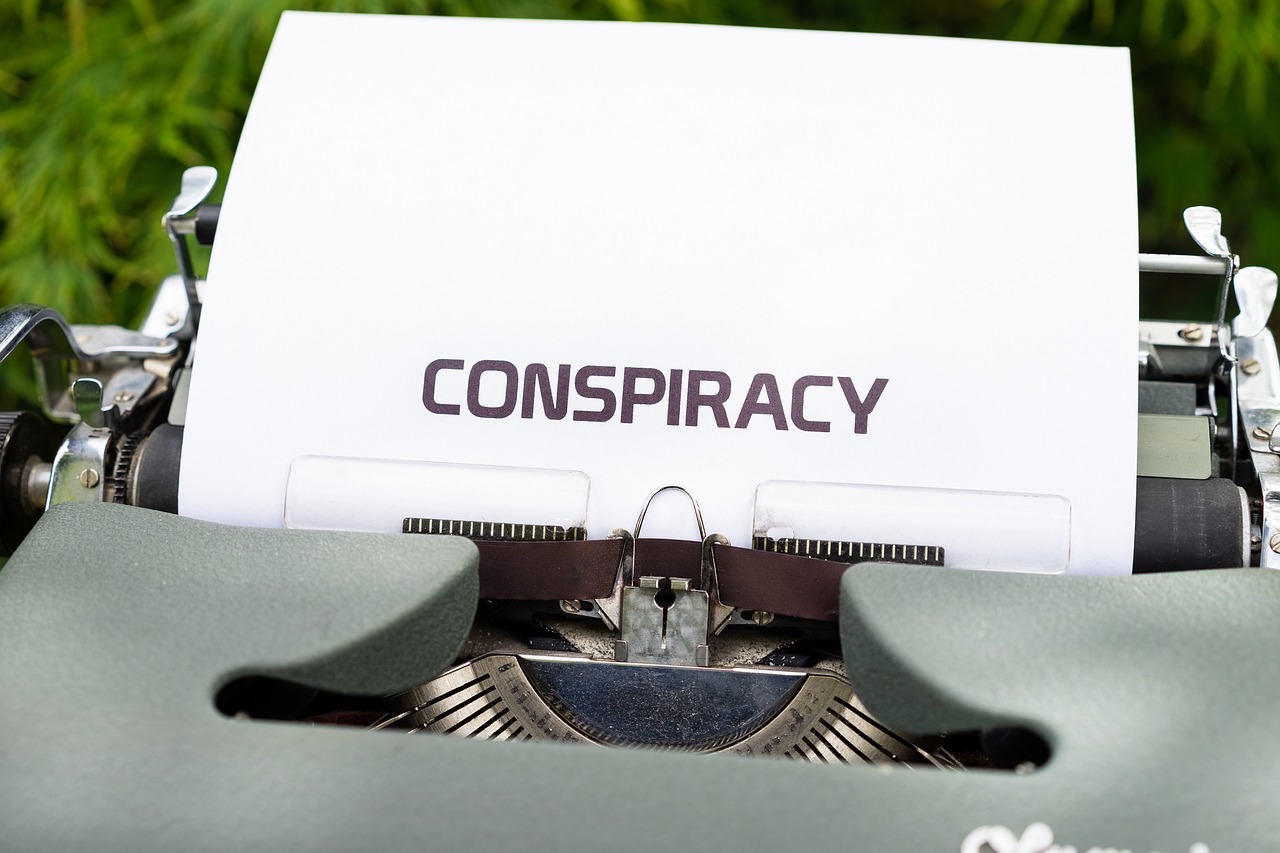Conspiracies - Part 2
Unravel Plots: Part 2
The Art of Detecting Clues
As we continue our journey to unravel intriguing plots, let's delve deeper into the art of detecting clues. Detectives, both amateur and professional, rely on keen observation skills to solve mysteries. Here are some key tips to help you become a master at deciphering clues:
1. Pay Attention to Details
Every detail, no matter how small, can hold a clue to the bigger picture. Look for inconsistencies, patterns, and anomalies that might reveal important information.
2. Analyze Character Behavior
Characters' actions and reactions are often telling. Pay close attention to their motivations, relationships, and behavior to uncover hidden motives or secrets.
3. Decode Symbols and Messages
Symbols, codes, and hidden messages can be crucial in solving a mystery. Use logic and creativity to decipher these cryptic clues.
Tools of the Trade
Every detective needs the right tools to crack a case. Here are some essential tools that can aid you in unraveling plots:
1. Magnifying Glass
A magnifying glass can help you closely examine documents, objects, and clues for hidden details that might escape the naked eye.
2. Notebook and Pen
Keeping a detailed record of your observations, thoughts, and deductions can help you connect the dots and solve complex puzzles.
3. Flashlight
A flashlight is essential for exploring dark or dimly lit areas where important clues might be hidden.
Putting It All Together
Now that you have honed your detective skills and gathered your tools, it's time to put everything into practice. Take on the role of a sleuth and immerse yourself in thrilling mysteries that will challenge your intellect and wit.
Remember, the key to unraveling plots lies in your ability to observe, analyze, and think critically. So, sharpen your senses, trust your instincts, and embark on exciting adventures that will test your detective prowess.

Happy sleuthing!
